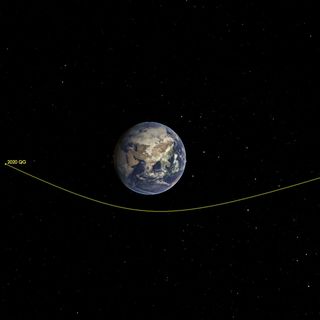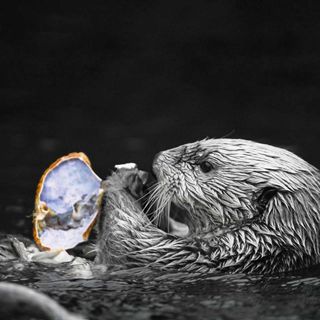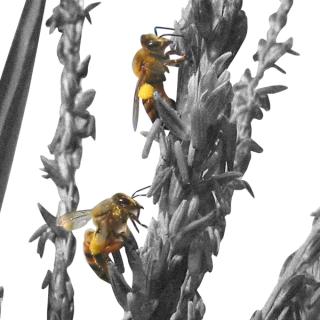In the depths of Galapagos, deep sea experts have discovered new species of invertebrates, including fragile corals and sponges, as well as new crustacean species — revealing just how little we know about the deep sea.
Published in Scientific Reports on Monday, the study was conducted by the Ocean Exploration Trust, the Charles Darwin Foundation (CDF) and the Galapagos National Park Directorate. The international team of marine scientists conducted a collaborative exploration of deep-sea environments of the Galapagos Marine Reserve at depths of up to 3,400 metres, using remote operated vehicles, over a course of 10 days in June 2015. This expedition, for the first time ever, explored three steep-sided underwater mountains, or seamounts, in the Galapagos archipelago’s north.
The exploration led the scientists to discover as many as 30 organisms that were deemed to be new to science, with experts calling this “an astonishing number of discoveries.” This includes four octocorals, 10 bamboo corals, 11 sponges, one brittle star, and four new species of crustacean known as squat-lobsters. “These discoveries include the first giant solitary soft coral known for the Tropical Eastern Pacific, a new genus of glass sponge that can grow in colonies of over one meter in width and, colorful sea fans that host a myriad of associated species,” CDF said. The exploration also revealed a series of underwater communities such as such as crystal sponge gardens, coral gardens and cold-water coral colonies, which are considered Vulnerable Marine Ecosystems by the UN.
Related on The Swaddle:
Scientists Find Deep‑Sea Microbes That Expend The Least Amount of Energy Possible to Exist
This expedition, yet again, serves as a reminder of our limited knowledge about the deep sea. According to the US Department of Commerce’s National Oceanic and Atmospheric Administration (NOAA), while oceans cover more than 70 percent of the planet’s surface, “more than 80 percent of this vast, underwater realm remains unmapped, unobserved, and unexplored.” due to a host of challenges. “Basically, we know so little about the deep sea that we don’t know what we don’t know. A lot of things are still being discovered purely by chance,” Michael Vecchione, a biologist with the Smithsonian Institution, had said in 2011.
“These pristine seamounts are within the Galapagos Marine Reserve and are protected from destructive human practices, such as fishing with bottom trawls or deep-sea mining, that are known to have catastrophic impacts upon fragile communities. Now, it is our responsibility to make sure they remain pristine for the generations to come,” Pelayo Salinas-de-León, who lead the study, said. Located 1,000 west of Equador, Galapagos is believed to be home to the largest number of different animal species on the planet. Because of its pristine ecosystem with countless unique creatures, many of which cannot be found elsewhere in the world, Galapagos was declared a UNESCO World Heritage Site in 1978.
While León described the deep sea as the “Earth’s last frontier,” Dr. Nicole Raineault, chief scientist of the Ocean Exploration Trust, remarked: “The many discoveries made on this expedition showcase the importance of deep sea exploration to developing an understanding of our oceans.”




